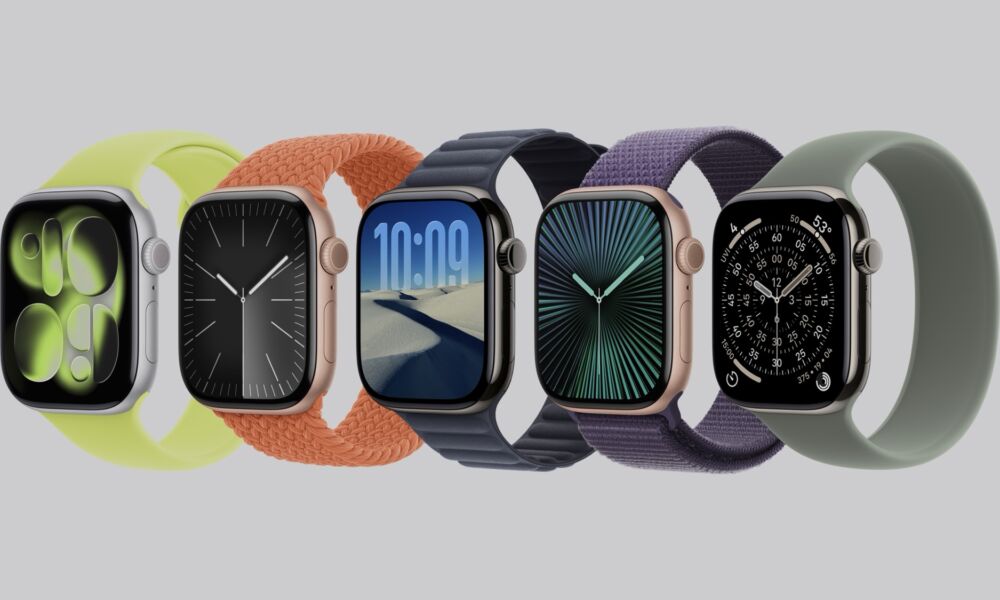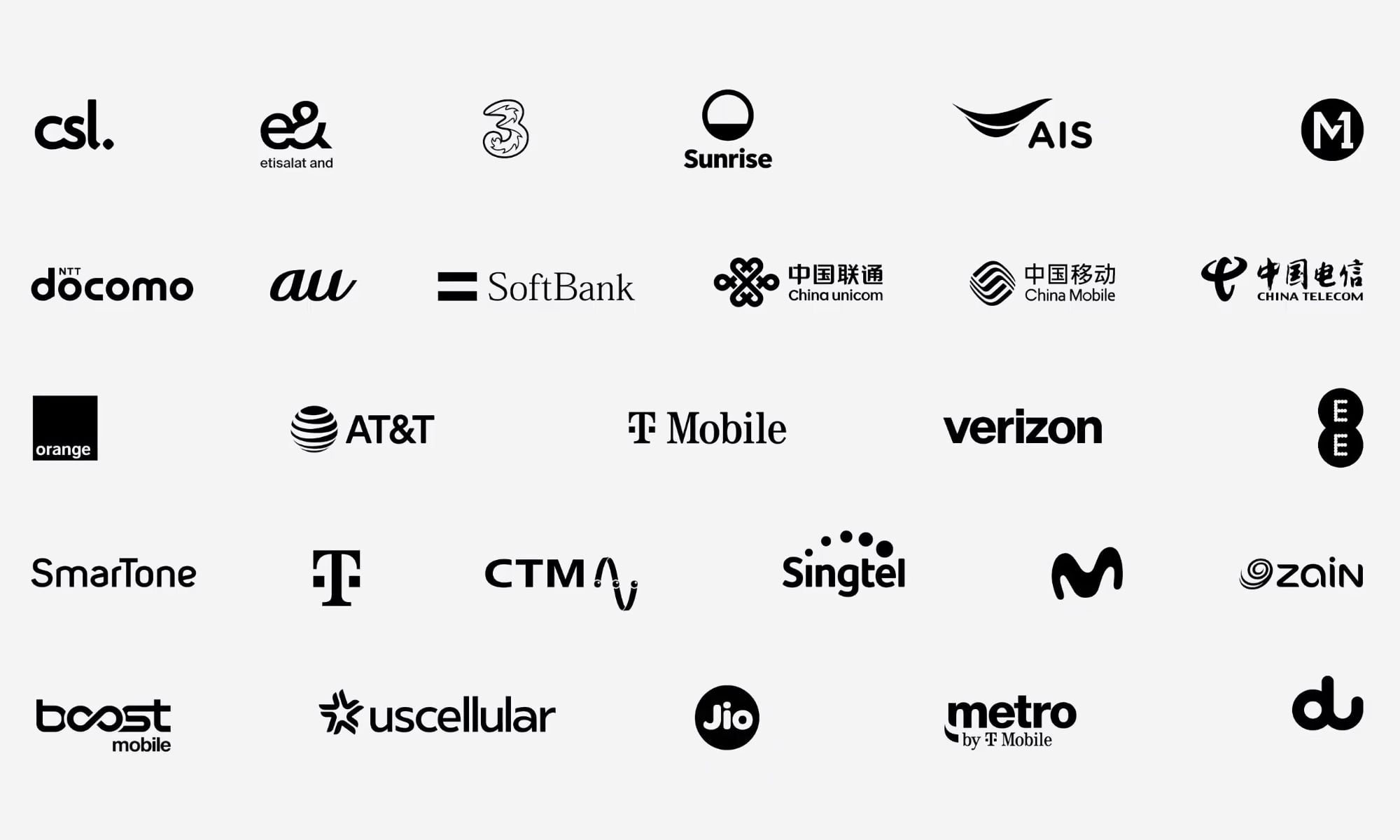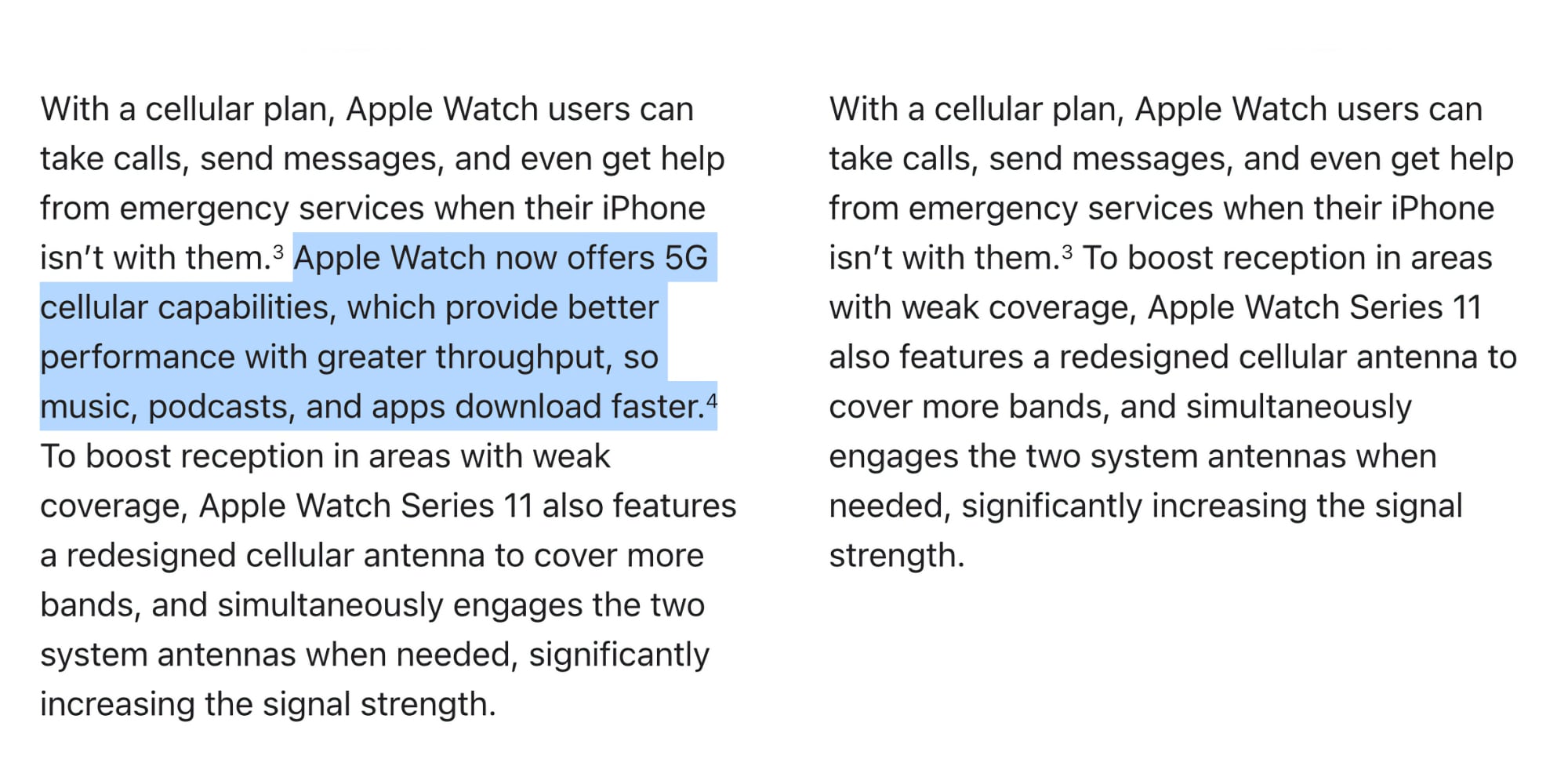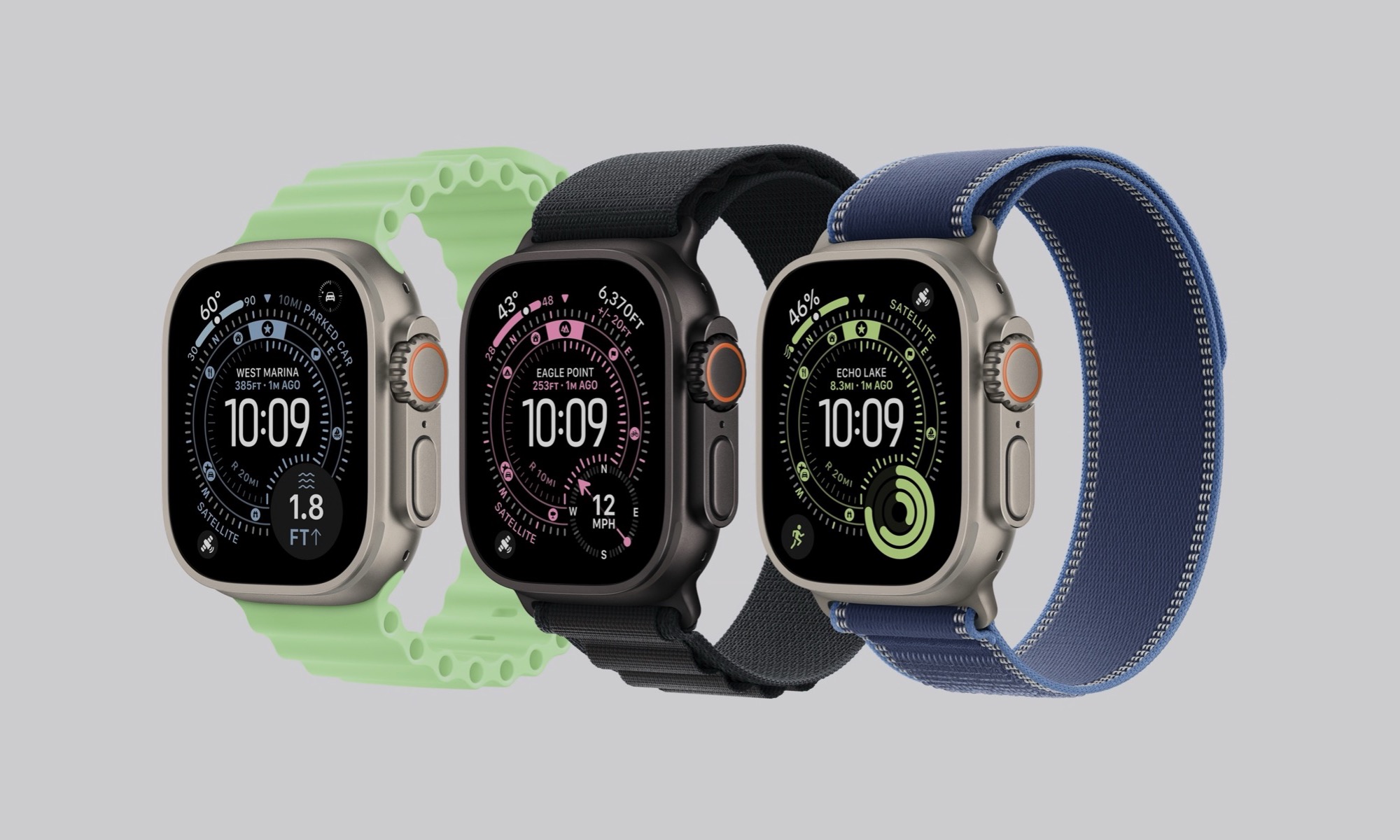Your New Apple Watch Likely Supports 5G — Even If It Doesn’t Say So

Toggle Dark Mode
Although all the health features that Apple showed off for its new Apple Watch Series 11 this week are coming to older models, there’s still one significant new hardware feature that sets the 2025 Series 11 (and Ultra 3) apart from their predecessors: 5G support.
Apple touted the new capabilities during its “Awe Dropping” event on Tuesday, noting that the new 5G cellular capabilities “provide better performance with greater throughput, so music, podcasts, and apps download faster.” The 5G modem chip is also more power efficient, which undoubtedly contributes to the longer battery life: up to 24 hours for the Series 11 or a staggering 42 hours.
However, the new 5G capabilities also come with a significant catch. Much like the rollout of the first LTE-capable Apple Watch in 2017, carriers have to be on board before your new Apple Watch can connect using the more modern cellular tech. During Tuesday’s presentation, Apple noted that it already has about 30 participating carriers in 16 countries and regions.
Still, that’s a far cry from the total of 190+ carriers that support the Apple Watch. If you’re on one of these other carriers, your 2025 Apple Watch will still work over LTE just like previous models, but you won’t benefit from the faster speeds, lower latency, or battery savings of a 5G connection.
To make things worse, in some countries, you won’t even have the option of switching. While the Apple Watch has cellular support in over 65 countries and regions, 5G is currently concentrated in just 16 of them. This means that in over 75 percent of the countries where you can get a cellular Apple Watch, you’ll be limited to 4G/LTE speeds.
Apple pointedly omits any mention of the Apple Watch’s 5G capabilities in countries where there’s no carrier support. For example, while the US Apple Watch Series 11 specs page lists “5G and LTE,” the Canadian Apple Watch Series 11 specs only show “LTE.” This even extends to its press releases: the US Apple Watch Series 11 announcement not only mentions 5G, but also “groundbreaking health insights” that are conspicuously missing from the Canadian press release (which suggests that my fellow Canadians and I may be waiting longer for hypertension notifications than we thought).
Thankfully, there’s likely still a silver lining of future-proofing woven in here. While the specs pages could lead folks in places like Canada and Australia to believe the Apple Watches sold in their countries lack 5G support entirely, there’s every reason to believe the physical 5G hardware is inside. It merely lacks the carrier support required to enable it.
In fact, even though 5G support is only available for the Apple Watch in 16 countries, those are broad enough to cover every region-specific Apple Watch model. For example, since Apple sells the same Apple Watch Series 11, Ultra 3, and SE 3 models in the United States, Canada, Ecuador, Mexico, and Puerto Rico, they all have to include the necessary 5G hardware, even though only the US has carriers that support it.
Every single hardware model for the latest Apple Watches is sold in at least one— and in most cases, several — countries that have established 5G carrier support. This means that there are no “LTE-only” hardware models, and 5G functionality is primarily dependent on software and carrier support.
Apple is being unusually cryptic about its plans to expand 5G support for the Apple Watch. During the announcement, it said only that “At launch, many of our biggest carrier partners will support 5G on Apple Watch,” while noticeably omitting the usual promise of plans to expand to more. Nevertheless, it’s a safe bet that Apple will be happy to get more carriers on board as quickly as it can.
Unfortunately, embracing the 5G Apple Watch is more complicated for carriers than it may seem at first glance. The new model uses a specific set of 5G capabilities known as “RedCap” (which stands for “reduced capabilities”), and these aren’t automatically part of every 5G core network. Carriers need to upgrade and validate their hardware and software to properly handle RedCap traffic without compromising their existing 5G services, and that’s not a small undertaking.
In other words, the lack of 5G support on the Apple Watch in many markets isn’t due to a lack of a 5G network, but a lack of a specific kind of 5G network that many carriers have yet to fully deploy. For now, buyers in countries like Canada are purchasing a future-proof device, with the hope that their local carriers will unlock its full potential sooner rather than later.










